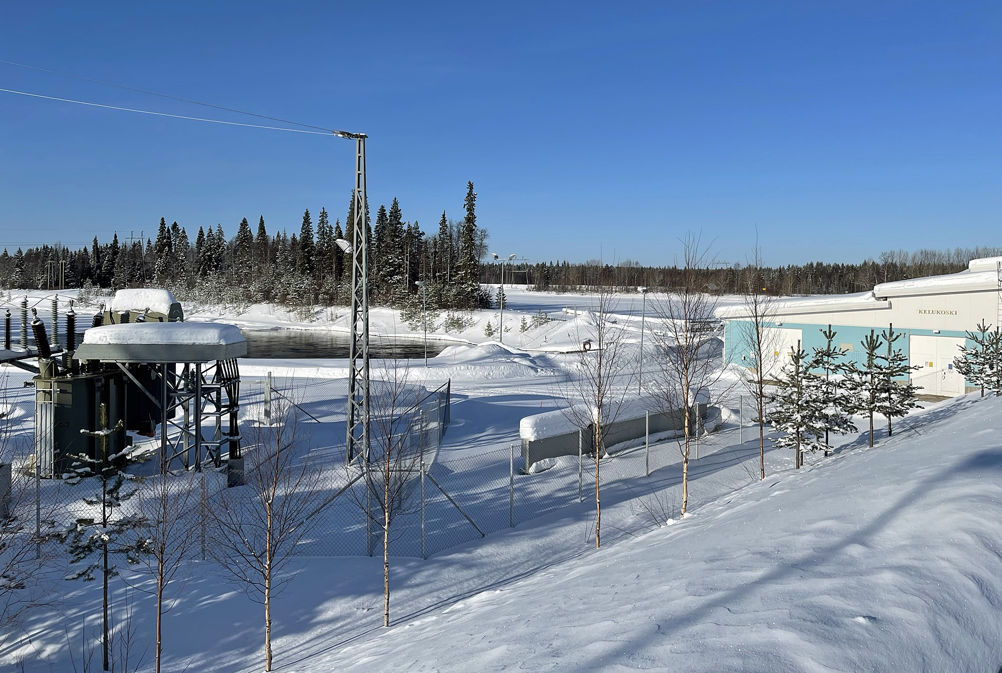If the eighties and nineties were about building bigger and better, the twenty-twenties have brought into sharp focus the impact that global overconsumption is having on our environment and society. According to the OECD, we will need 2.3 planets to meet our material resource needs by 2040 if we continue to grow consumption at the current pace.
The circular economy is an economic concept that supplants our throwaway culture by prioritizing – amongst other factors – the lifetime extension, material reduction, and reuse and recycling of products. By contrast to the traditional linear model of ‘take-make-dispose’, in a circular economy we keep resources in use for as long as possible, extracting the maximum value from them, and then recovering and regenerating products and materials at the end of their useful life.
Encouraging product durability and repairability
Industries across the world are facing unprecedented environmental and economic challenges which are encouraging companies to put their electrical power distribution assets under closer scrutiny. As a result, forward-thinking organizations are embracing intelligent, preventative service and support. Rather than seeing service as a reactive intervention, they recognize that running a piece of critical equipment to the point of failure could cost up to 10 times more than investing in a programme of regular maintenance to extend the life cycle and productivity of electrical assets, in addition to avoiding the environmental impact of buying new equipment.
One of the greatest opportunities for savings on carbon, material and cost is retrofitting – upgrading outdated components so that the existing electrical system lasts much longer and is running as efficiently possible, which minimizes the risks of breakdowns and expensive downtime.
In fact, 50 per cent of electrical equipment like metal cabinets, steel plates and busbars – products with high embedded carbon and material footprints – can be used perpetually without being replaced if outdated components such as circuit breakers, electrical switches, fuses and contactors are monitored, maintained and upgraded.
Extending the life cycle of equipment by up to three decades
With this approach, we have seen clients reduce the cost of operating equipment by a third while extending the lifetime of critical infrastructure by as much as 30 years. Early adopters are taking a preventative approach, replacing older, non-digital circuit breakers with more intelligent, digitally enabled breakers linked to cloud-computing platforms that enable the seamless provision of value-added services. These can provide real-time data and analysis on asset condition, performance and potential safety issues, helping operators prevent potential hazards before they arise and minimizing disruptions to production.

For example, when two of Finland’s biggest hydropower plants, located in the Arctic Circle and operated by Kemijoki Oy, wanted to upgrade their dated circuit breakers, ABB proposed and installed a retrofit solution, which avoided having to replace the entire switchgear operation.
The plants had been running on their original SF6-based HPA circuit breakers and despite being technically competent, the ageing circuit breakers were no longer in line with Kemijoki’s strict environmental diversification program. Lack of available spare parts was also becoming an issue for breakers that had been in commission for around 30 years.
A customized 12kV version of the ABB medium-voltage VD4G vacuum circuit breaker family was specified, which clears potentially harmful short-circuit faults in tens of milliseconds, thereby preventing severe damage and lengthy plant downtime, ensuring the power was kept on without any disruption.
Servicing partnerships
Kemijoki Oy is a great example of an operator that is embracing the circular economy and demonstrates the integral role a strong servicing partnership can play in helping companies achieve their sustainability goals.
The bottom line is that tackling throwaway culture and adopting the principles of a circular economy brings many business benefits, including cost savings, improved productivity and output, reduced environmental impact and increased innovation. Retrofitting is something many commercial operators have been talking about for years but now might be the time they finally feel the urgency to implement it.

Matt Wise is Head of Strategy and Business Development at ABB Electrification Service











Invinity to build 20MWh flow battery in UK
Redux flow cells have had nowhere near the R+D effort compared to Lithium ion. They certainly have the potential (pun not intended) for longer...